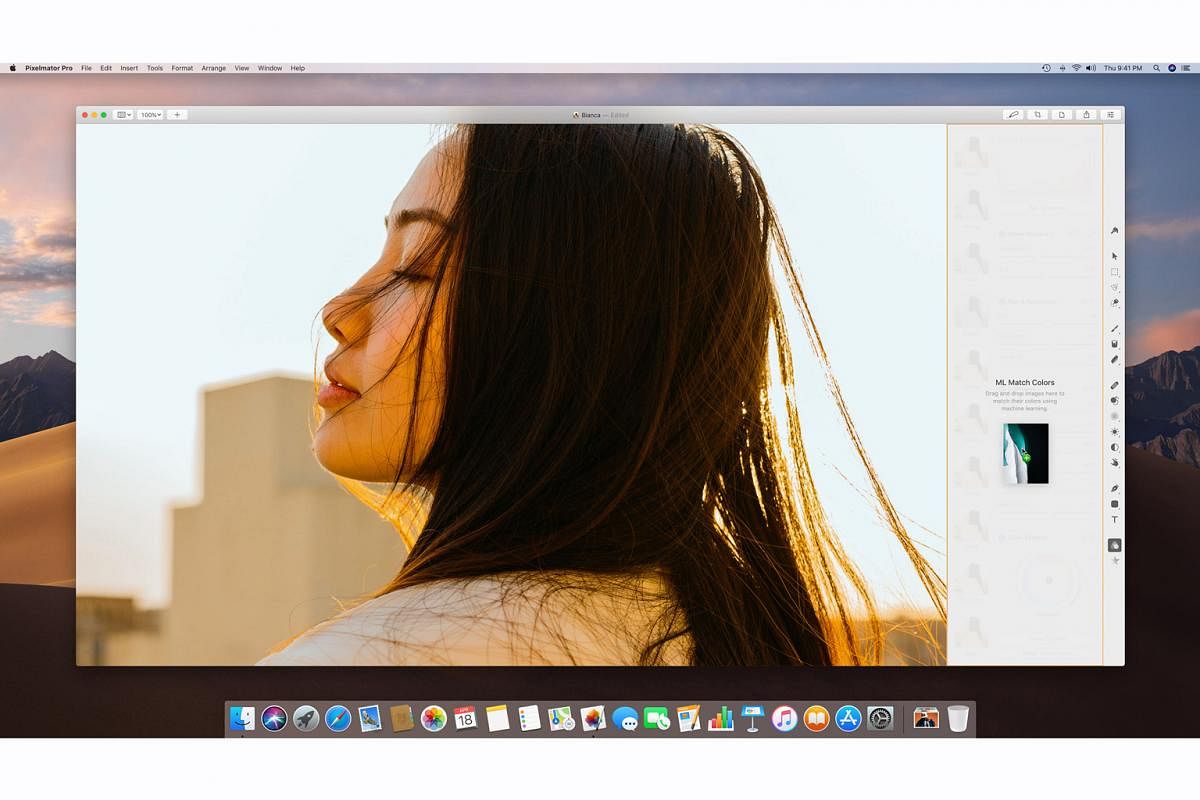Feature
Three ways to touch up photos
Check out free and paid alternatives to image-editing tool Photoshop that offer equally good features



Those using older versions of Adobe's Creative Cloud (CC) apps - a set of applications from American software company Adobe, which includes the popular image-editing tool Photoshop - could face the risk of being sued.
Last week, Adobe said these users could face lawsuits from third-party companies. It did not give more details, but reportedly, it is because these companies had licensed their technologies to Adobe in certain older CC apps and that the licensing might have been overdue.
To avoid the risk, CC users should upgrade to the latest versions of their CC apps. However, those on older computers may not be able to do so. For instance, those using a Mac computer that runs only macOS 10.11 El Capitan cannot upgrade to the latest Photoshop version as it is not supported.
For Photoshop users who do not want or are unable to upgrade, here are three Photoshop alternatives to consider.
PAINT.NET
Price: Free
Platform: Windows
It might be free, but Paint.net is surprisingly capable as a photo-editing tool.
This is especially so if all you do is simple photo-editing work.
All the essential image adjustment functions are there, such as hue/saturation, brightness/contrast, curves and levels.
But it also comes with layer support as well as special-effects tools such as ink sketch and oil painting for those with more artistic inclinations.
In addition, it has blurring tools such as gaussian blur and motion blur, which you can also find in Photoshop. There are also distort and stylise tools to pixelate images or create emboss images.
It is well worth an install for any Windows user.
PIXELMATOR PRO
Price: $59.98
Platform: macOS
Many Mac and iOS users know about Pixelmator, which provides powerful image-editing tools at an affordable price. This Pro version, available only on Mac, provides more features such as non-destructive image-editing and machine-learning (ML) adjustments.
For instance, its auto colour adjustments improve your photo's lightness and saturation using ML-powered algorithms. It can also recognise elements in the image, thereby allowing you to easily remove undesired objects with a few simple clicks. Plus, there is a host of vector tools and customisable brushes for illustrators to use.
It also features a more intuitive single-window interface that is more suitable for use in macOS, compared with Pixelmator's floating window interface. It also supports tabs, split-view and full-screen view.
GIMP
Price: Free
Platform: Linux, macOS and Windows
Gimp has been around for many years as an open-source alternative to Photoshop.
Its interface is only slightly different from Photoshop, so Photoshop users will not need to make major adjustments when they use Gimp. It has icons that look like those in Photoshop too. There is access to Layers, Channels and Paths dialogue windows, just like in Photoshop.
There are tools aplenty here, some you can find in Photoshop as well. They include selection, paint, colour correction, transform, text, healing, paths and gradient tools.
This is as close as you can get to Photoshop. But working files in Gimp are saved in the XCF format. You need to export them to the more popular PNG and Jpeg formats.
Join ST's Telegram channel and get the latest breaking news delivered to you.
A version of this article appeared in the print edition of The Straits Times on May 22, 2019, with the headline Three ways to touch up photos. Subscribe

